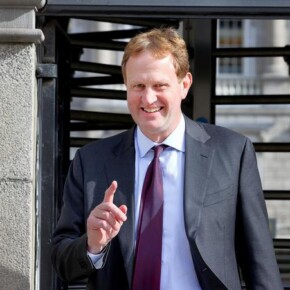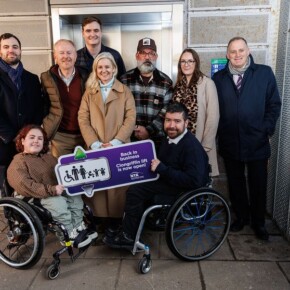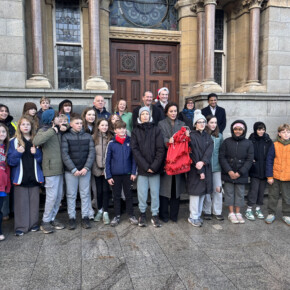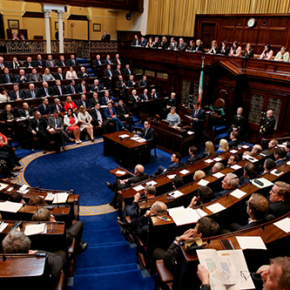Drug use found in D15 primary schools
Padraig Conlon 06 Aug 2025
DRUG use among children in Dublin 15 has reached a shocking new level, with younger pupils now being affected.
For the first time in its nine-year history, the Drug and Alcohol Trends Monitoring System (DATMS), compiled by the Blanchardstown Local Drug and Alcohol Task Force (BLDATF), has documented drug activity in a number of local primary schools.
The report finds that children as young as 11 are using substances including cannabis herb, cannabis oil and nitrous oxide, sometimes during the school day.
The report does not name specific schools in order to maintain confidentiality, but confirms that the schools involved include both DEIS and non-DEIS institutions, and span both affluent and disadvantaged parts of the Dublin 15 area.
The findings point to a growing pattern of drug use that cuts across all socioeconomic groups.
“There are 31 primary schools in Dublin 15,” the report states.
“Drug use was reported in a number of these schools. These schools include those with and without DEIS status, indicating that drug use is a community wide issue that crosses all socio-economic boundaries.
“The profile of primary school-based drug users includes males and females aged from 11 years, with cannabis herb, cannabis oil and nitrous oxide being used during school.”
The BLDATF said the findings were collected through its ongoing monitoring system and will be used to inform service provision in the area.
But the publication has caused alarm throughout the community, with calls for urgent action and increased support for schools, families and youth services.
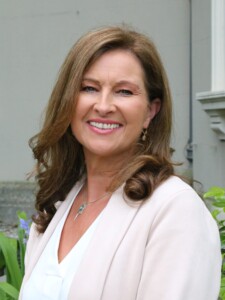
“This is shocking,” said local Aontú councillor Ellen Troy (pictured above), who sits on the BLDATF.
“While we have all heard the anecdotal stories of drug dealing and use amongst primary school children, to see it laid out in cold, hard and factual evidence is chilling.
“These are very young children. It is really worrying for parents, teachers and the community alike.”
The report also contains extensive findings on drug use in Dublin 15 secondary schools, where the problem has become more entrenched over the past decade.
Drug use among second-level students has been reported in every year of the study, with the trend now well established across all schools in the area.
In recent years, there have also been consistent reports of drug use taking place during school hours.
“Since Year 3, participants reported evidence of drug use in almost all local secondary schools,” the report notes.
“Years 5, 8 and 9 reported drug use in all schools.”
The document also finds that students are arriving at school already under the influence and that drug use is continuing throughout the day.
There is also clear evidence that under-18s are now actively involved in dealing drugs on school grounds.
“Easy access to drugs continues and is facilitated by an increase in the number of under 18s dealing,” the report states.
“There is evidence of drug dealing in all local secondary schools.”
Cllr Troy said the findings were a wake-up call that must be taken seriously at the highest level of government.
She said it was no longer possible to dismiss drug use in schools as a fringe problem or one confined to particular areas.
“The key findings are startling and show without a shadow of a doubt how drug use and its associated harm is increasing in D15,” she said.
“We in Aontú have consistently highlighted the growing concerns around drug use in local communities, pointing to the urgent need for comprehensive preventative measures.
“We have stressed that tackling this issue requires not only greater investment in education, support services and youth outreach, but also a significant increase in Garda presence to deter drug dealing and protect vulnerable young people.”
The report documents an increase in both adult and underage addiction since 2012, with more people now seeking treatment and family support services.
Between 2021 and 2023, the number of children affected by familial drug or alcohol use rose from 385 to 409, representing a six percent increase.
However, the authors warn that the true extent of harm is likely much greater, as many families are still not engaging with services and the rate of help-seeking remains low.
“This is deeply concerning and doesn’t augur well,” said Cllr Troy.
“We know that seeking help and receiving treatment is vital towards recovery, but this report shows we are still struggling to reach those who need it most.”
One of the most disturbing trends identified in the report is the normalisation of drug use among teenagers.
The use of cocaine and benzodiazepines is now viewed by many as a routine part of recreational life, and some young people do not see it as dangerous or problematic.
“Young people under 18 years of age are using cocaine and benzodiazepines and feel it is a totally normal and recreational thing to do,” the report notes.
“There is a growing normalisation of drug and alcohol use which is insidious and very damaging.”
While the issue is spread throughout the Dublin 15 area, the report acknowledges that it is felt most acutely in communities with long-standing social and economic disadvantages.
Despite this, the trends being reported are no longer confined to areas historically associated with poverty or deprivation.
Substance use is now embedded across all social classes, with the availability and perceived acceptability of drugs continuing to rise.
Cllr Troy concluded by urging the government to stop defunding community groups working on the front line of the crisis.
She said the work being carried out by the Blanchardstown Local Drug and Alcohol Task Force was essential and must be properly supported.
“The Blanchardstown Local Drug and Alcohol Task Force does a huge amount of work and this body of research is evidence based,” she said.
“It must serve as a serious wake-up call for this government.
“Funding is being hollowed out to groups who are doing really good and concrete work on the ground, and they must be supported as much as possible.
“We cannot afford to lose a generation to the scourge of drugs and sacrifice people’s physical and mental health, lives and futures.”


